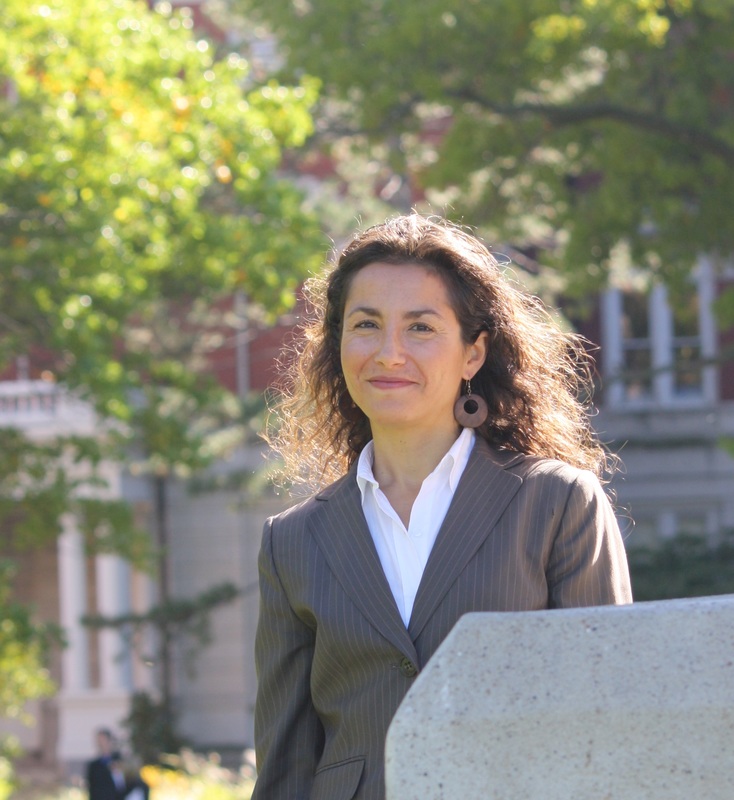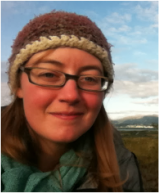NonfictioNow 2015, Flagstaff, Arizona
Theorizing Nonfiction:
Sidestepping Boundaries Between the Theoretical and the Creative
|
Joanna Eleftheriou’s essays, poems and translations appear in journals including The Crab Orchard Review, Chautauqua and Apalachee Review. She teaches at the University of Houston-Clear Lake and at the Writing Workshops in Greece. Her first book, This Way Back, will be a collection of essays drawing on her experience as a Greek-Cypriot-American.
|
Travis Scholl
|
Corinna Cook
Beth Peterson
|
Joanna Eleftheriou
|
The principal horror of any system which defines the good in terms of profit rather than in terms of human need …. is that it robs our work of its erotic value, its erotic power and life appeal and fulfillment. Such a system reduces work to a travesty of necessities, a duty by which we earn bread or oblivion for ourselves and those we love. (55) |
I think there prevails an illusion that love is the purview only of creative writing – that only creative work is fired by desire, and that nonfiction is sensual only insofar as it is not theoretical thinking neither too hard nor too obviously. Nonfiction is associated with love as long as thinking isn't on the page. I’m optimistic about the end of divisions between creative and critical writing, which are recent and founded on ahistoric assumptions about what nonfiction is and can be. For those willing to spend their lives reading and writing theory, thought is erotic; thought fuels and is fueled by desire. We theorize because of a wanting, a wanting to know—and because theory is our right and our inheritance, we do.
Works Cited
Adorno, Theodor. “The Essay as Form.” Trans. Bob Hullott-Kentor. New German Critique 32 (1984): 151-171.
Korhonen, Kuisma. Textual Friendship: The Essay as Impossible Encounter from Plato and Montaigne to Levinas and Derrida. New York: Prometheus Books, 2006.
Lennon, Brian. “The Essay, in Theory.” diacritics 38.3 (2008): 71–92.
Musil, Robert. The Man without Qualities. Trans. Eithne Wilkins and Ernst Kaiser. London: Coward-McCann, 1953.
Pourciau, Sarah. “Ambiguity Intervenes: The Strategy of Equivocation in Adorno’s ‘Der Essay Als Form’.” MLN 122.3 (2007): 623–646.
Korhonen, Kuisma. Textual Friendship: The Essay as Impossible Encounter from Plato and Montaigne to Levinas and Derrida. New York: Prometheus Books, 2006.
Lennon, Brian. “The Essay, in Theory.” diacritics 38.3 (2008): 71–92.
Musil, Robert. The Man without Qualities. Trans. Eithne Wilkins and Ernst Kaiser. London: Coward-McCann, 1953.
Pourciau, Sarah. “Ambiguity Intervenes: The Strategy of Equivocation in Adorno’s ‘Der Essay Als Form’.” MLN 122.3 (2007): 623–646.




